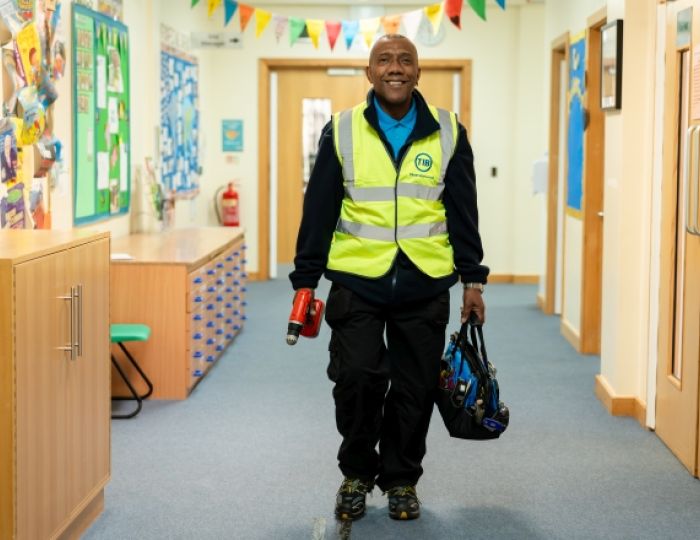As an experienced headteacher I’ve overseen many whole school changes. It’s a process that’s far from easy, and by no means would I suggest that I have all the answers.
However, for those new to headship, I’d offer the following principles as useful starting points in helping you bring about change in as quick and efficient a way as possible.
1. Operate with a genuine purpose
Being a new headteacher often calls for brave leadership. One way of doing this is to initially appear to sit back – far from doing nothing, this is time to be spent watching, observing and noticing.
It’s vital to not go in like the proverbial bull in a china shop; instead, take a considered approach based on what you see, and fit this to your own philosophy of education.
Make every change matter. If you’re operating with a genuine purpose, rather than changing for the sake of change, you’ll bring people with you. This then becomes a core powerful catalyst for school improvement.
2. We’re all in this together
Schools are about people. First and foremost the young people who attend each day, but they’re also about the staff, whether they be teachers, support teams, administrators, site staff and your catering team.
Each has a key role in the running of the school and in learners’ lives.
Schools are also about parents – key partners in children’s education – and about community. Recognising this, and building on the unique and individual community strengths that surround a school, is critical in securing continued improvement as a new headteacher.
Relationships are everything. Get them right, and you can affect change quickly without distancing or alienating staff in the process.
3. Establish the direction of travel
Work with the school community in articulating a shared vision. Be clear about the steer you’re putting on that as a new headteacher, but use it as an opportunity to build a shared sense of ownership and buy-in.
Experience tells me that it’s far easier to affect whole school change if everyone has a sense of clarity about what’s changing, why, and how it will be achieved. Let your team see that you trust them to have their say and then deliver.
4. Focus on communication
If you want to affect whole school change quickly, you need everyone on side and singing from the same hymn sheet.
Simple things, such as active listening, consistent messaging and inviting feedback, are all really important. And remember that your communication can always be better – never think that you’ve ‘cracked it’ as a new headteacher.
5. Develop others
Be clear with all partners about your beliefs. Build a vision, realise the wider goals you’re aiming for and bring the best people with you.
Make them better still through appraisal, coaching, CPD and high expectations. Never be afraid of helping people become better at something than you.
Integrity, trust and belief are infectious – once you have them, they’ll grow quickly in others. And that’s a powerful place from which to build lasting changes in your school.
Maxim Kelly is the executive headteacher of two schools in the Isle of Man (Dhoon School and Laxey School) which form the Laxey / Dhoon Federation.










